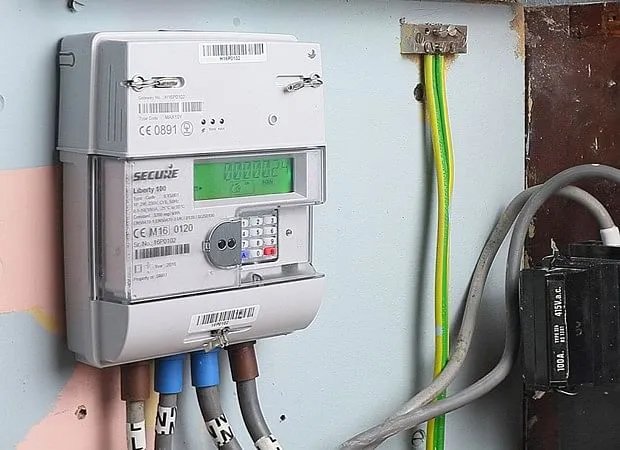Srinagar, Oct 24: Jammu Power Distribution Corporation Limited (JPDCL) and Kashmir Power Distribution Corporation Limited (KPDCL) have been given two months to submit an action plan for 100 percent metering by the Joint Electricity Regulatory Commission (JERC) for the Union Territory of Jammu and Kashmir.
Both JPDCL and KPDCL have been given a deadline of two months by the JERC to present an action plan or road map for 100 percent consumer metering. Additionally, the Commission has instructed JPDCL and KPDCL to create a roadmap for the installation of pre-paid smart metres, and the Commission should receive the information under RDSS in a timely way.
The JERC has instructed the utilities to conduct a feeder-wise energy audit and consumer indexing for determining the AT&C loss level. This is in regards to the feeder-wise account of losses and performance of Sub-Divisions.
“Subsequently, the utilities should identify feeders with high loss levels and develop a holistic loss reduction plan for reducing distribution losses on such feeders”, the Commission has further directed.
“Further, the distribution loss and collection efficiency of the Sub-Divisions for the last year should be submitted to judge the performance of the Sub-Divisions and while doing so, the rationale considered for determining consumption for unmetered consumers should be elaborated”, read the document containing directives of JERC.
The Joint Electricity Regulatory Commission (JERC) of J&K and Ladakh has approved the power tariff hike for the current financial year for the consumers on the ground of gradually reducing the annual cost of supply of power and the annual revenue requirement gap.
The commission has approved over 21 percent tariff hike for non-metered consumers while for metered consumers, the average hike is over 13 percent.
“The commission has reviewed the tariff proposal of JPDCL and KPDCL and noticed that after a proposed increase in tariff (JPDCL: 30 percent and KPDCL: 26 percent) as requested by the petitioners, there would be still a revenue gap that is the proposed tariff hike would not be able to cover entire revenue gap and there will be unmet revenue gap. The petitioners have not submitted any proposal to meet the remaining revenue gap after the proposed tariff hike,” reads a JERC’s order. “The committee has observed that if the unmet revenue gap is to be met by increasing the tariff in the Jammu license area and Kashmir license area uniformly, then there will be around a 78 percent hike in the present tariff which will be tariff shock for all categories of the consumers in J&K.”
The order read that the commission noted that a trajectory for reduction of AT&C losses upto 15 percent by FY 2019-20 was fixed by erstwhile JKSERC for the turnaround of the power sector under the UDAY scheme.
“Further, a similar target of AT&C loss reduction has been envisaged under the Ministry of Power scheme and revamped reforms-based and results-linked distribution sector scheme (RDSS),” it read. “To achieve the targeted AT&C loss level as envisaged under the RDSS scheme, the petitioners have to take the necessary steps to arrest the distribution loss in its supply area. Considering the fact that is the first year of operation of the petitioners after the restructuring of JKPDD, the commission has taken a liberal approach and considers the appropriate normative distribution loss level for FY2022-23. The petitioners should take immediate action to curb the high losses observed in their area of supply. The actual losses cannot be considered and inefficiencies cannot be passed on to the consumers.”
The order reads that the commission has observed that the present retail supply tariff effective in J&K is the tariff determined by the erstwhile JKSERC during FY 2016-17 for JKPDD and since then there is no tariff revision in J&K for the last 6 years.
It said that the commission notes that restructuring and unbundling of JKPDD into various power utilities to look after generation, transmission and distribution business in J&K and Ladakh primarily aims towards initiating reform in the power sector to enable self-reliant and cost-efficient operation of these corporations in a generation, transmission, and distribution business in the future.
“It is therefore imperative that the financial support and grant-in-aid made available to such utilities during the initial stage need to be gradually phased out over a period and the revenue required to run the business of these utilities shall be met through the tariff charged to the consumers,” the order reads.







